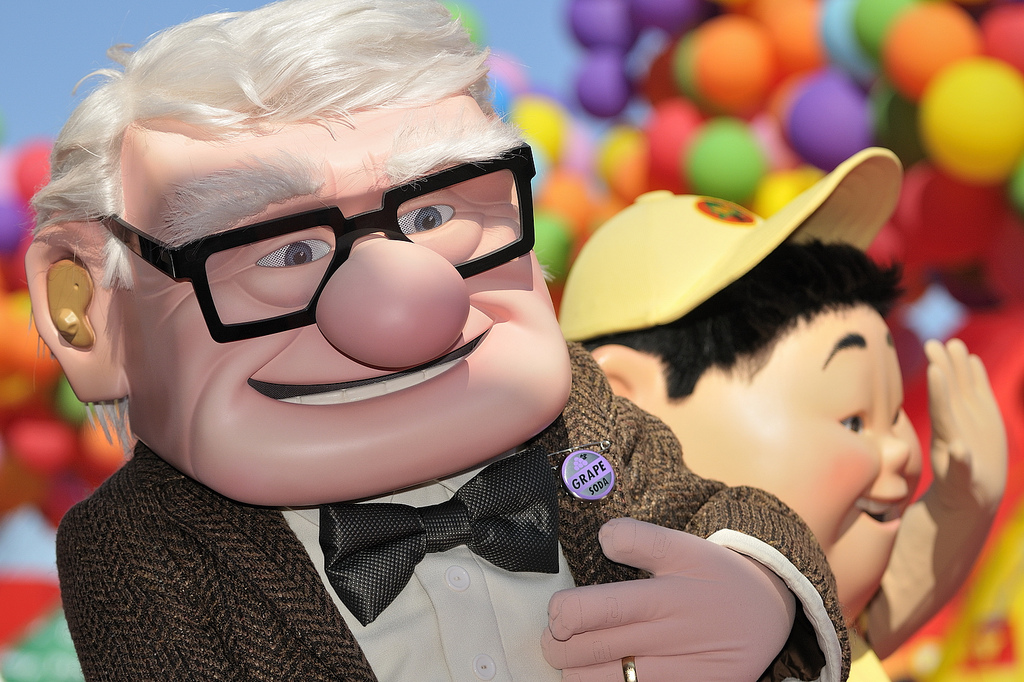Cartoons, anime, and claymation: these are all mediums of animated storytelling used in the modern media.
For many, animated shows or movies are associated with children, and when they aren’t created for children, such as “The Simpsons “or “Family Guy”, they are considered crude or unintelligent.
These assumptions cause many to believe that animated films and shows are not intellectually stimulating. However, this does not need to be the case.
Many animated features are specifically created to target those in the age range of eighteen to thirty-five without using crude humor, and often appeal to many outside of the targeted age group.
Cartoons are no longer filled with the buffoonery we once pictured. To assume otherwise insults not only the people who enjoy them, but also the animators who put a lot of work into their creation.
In fact, they are intricate works of art that employ elements of dramatic storytelling coupled with moral dilemma, artistic style, and intelligent humor.
Take the popular series “Wallace and Gromit.” The show, a popular cartoon for children featuring many hilarious and wacky hi-jinks, also contains jokes meant to appeal to any adults who may be watching.
While most of these jokes are subtle enough to go over the heads of the children, adults should be warned that they may end up on the floor laughing. “Wallace and Gromit” is just one example of the clever employ of humor within animation, rather than appealing to simple slapstick antics and crude farce.
However, rather than comedy many adults prefer to watch a drama, where the stakes are high and the watcher is hanging on the edge of their seat waiting for the next moment.
While many may think this cannot be found in an animated film or television, there is a whole studio that has made a career out of doing just that.
Pixar Studios is famous for its family-friendly films that offer compelling characters, masterful storytelling, heart-wrenching twists, and lessons on morality.
The studio creates stories and characters that are meant to appeal to a variety of viewers, young and old. From the sarcastic and grumpy Carl in “Up”, to the struggling and inventive Hiro in “Big Hero Six”, fans of Pixar easily find characters who inspire them.
Pixar films also teach important life lessons, such as bouncing back from tragedy, or understanding that one person can inspire a revolution of thinking and ideas. Pixar has made its fortunes off of its ability to appeal to people from all walks of life. Luckily, they aren’t the only one!
Japanese animation, or anime, has long been used to portray more than just childlike themes. Indeed many modern anime that have found western audiences such as “Attack on Titan”, “Bleach”, and “One Piece” were originally designed to appeal to people ages eighteen to thirty-five.
These animations feature more violence and modern problems than most would see in a typical western cartoon, and are not usually considered appropriate for youngsters, though children are the typical audience for animated television.
At the same time, they also bring up intelligent discussion and moral quandaries not seen in comedic animated shows.
More often than western animation, Japanese animation also tends to employ a wider variety of artistic palettes and styles, something that is only now being utilized in more western styles of cartoon.
While there are still many cartoon films and shows that are tailored to younger viewers, animation is no longer restricted to this narrow demographic.
Today we live in a world with cartoons that are more targeted towards college-aged audiences, such as “Gravity Falls”, because artists know that these cartoons are a medium which they can still use to teach and inspire.

I like all cartoons of pixar animation. Thanks for sharing this info. keep it up